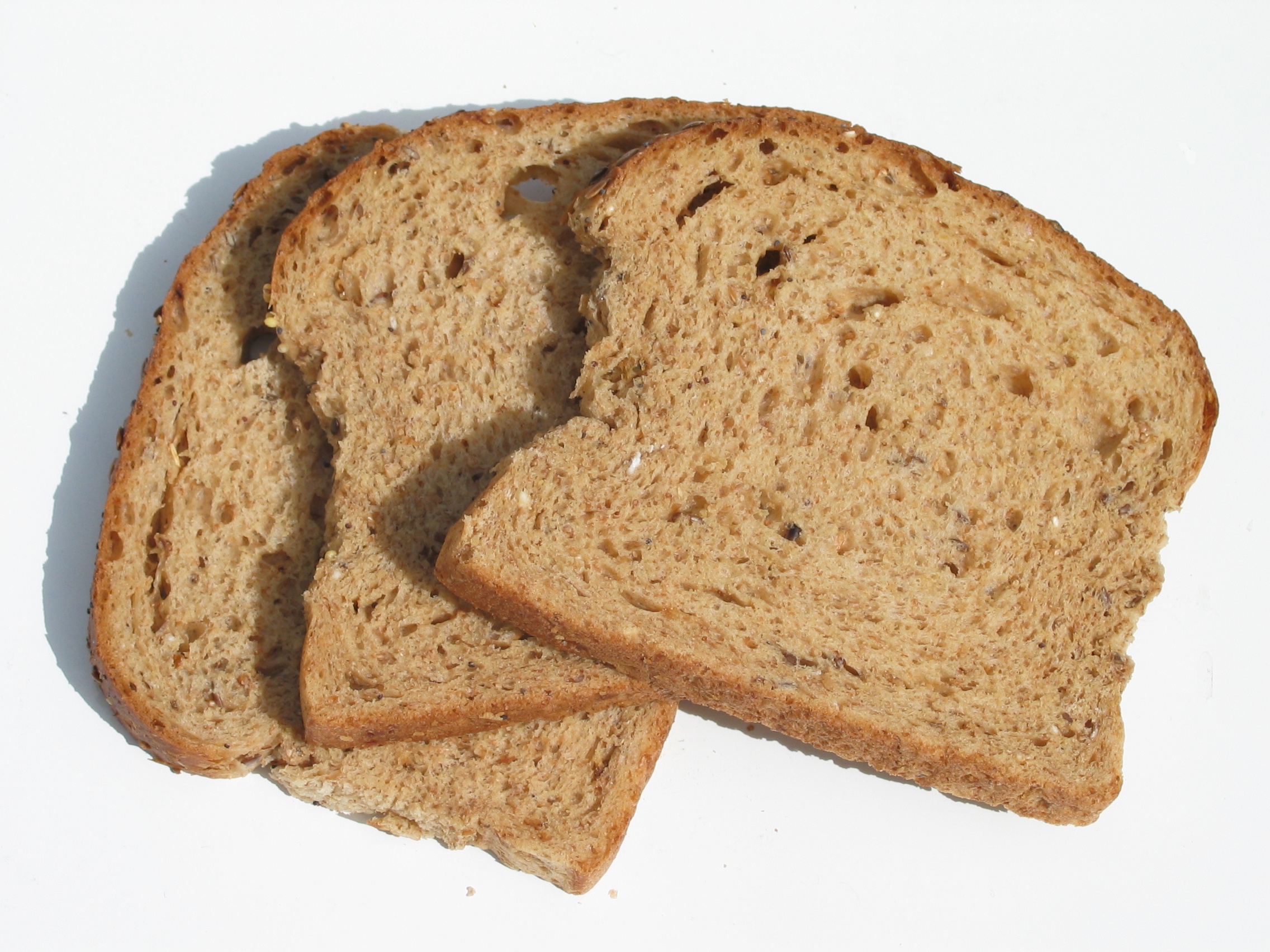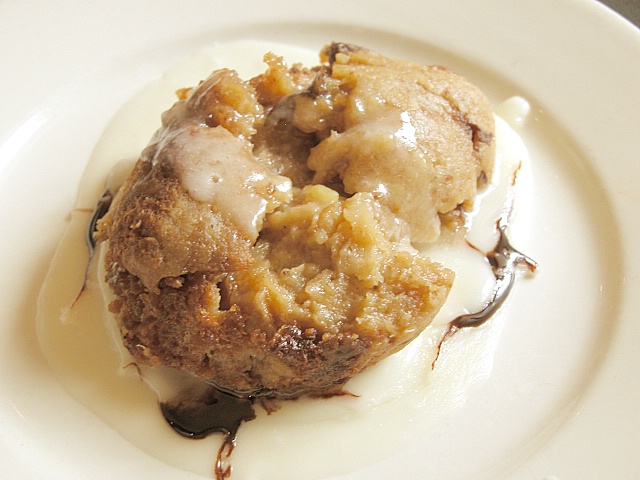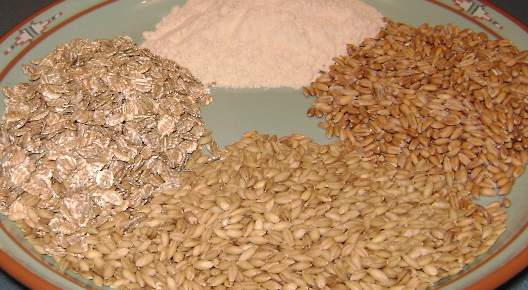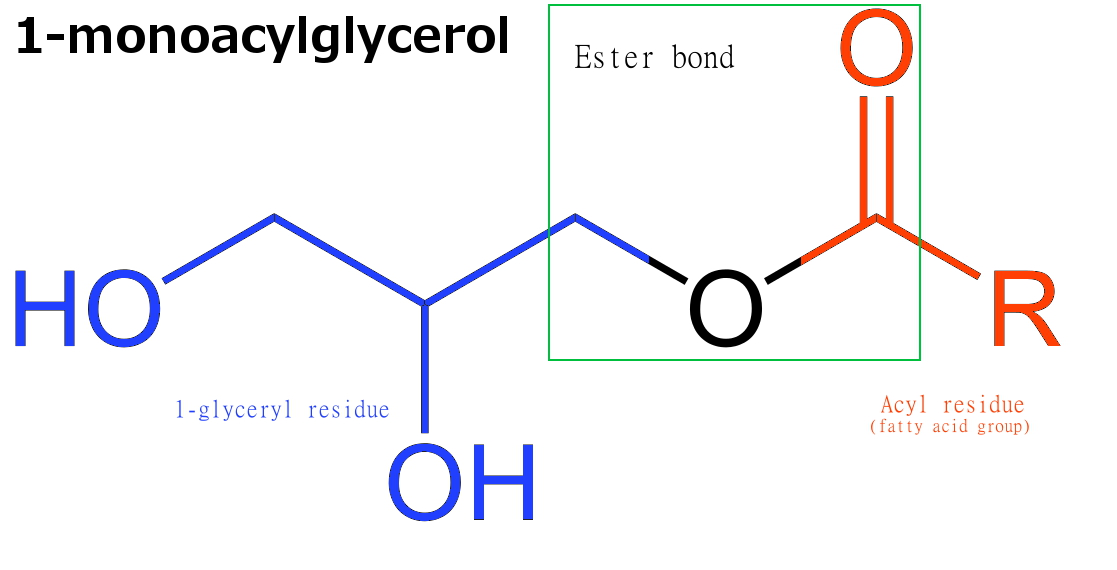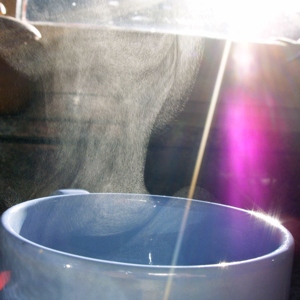|
Staling
Staling, or "going stale", is a chemical and physical process in bread and similar foods that reduces their palatability - stale bread is dry and hard. Mechanism and effects Staling is not simply a drying-out process due to evaporation. One important mechanism is the migration of moisture from the starch granules into the interstitial spaces, degelatinizing the starch. The starch amylose and amylopectin molecules realign themselves causing recrystallisation. This results in stale bread's leathery, hard texture. Bread will stale even in a moist environment, and stales most rapidly at temperatures just above freezing. While bread that has been frozen when fresh may be thawed acceptably, bread stored in a refrigerator will have increased staling rates. Countermeasures Anti-staling agents used in modern bread include wheat gluten, enzymes, and glycerolipids, mainly monoglycerides and diglycerides. Culinary uses Many classic dishes rely upon otherwise unpalatable stale bread ... [...More Info...] [...Related Items...] OR: [Wikipedia] [Google] [Baidu] |
Bread Pudding
Bread pudding is a bread-based dessert popular in many countries' cuisines. It is made with stale bread and milk or cream, generally containing eggs, a form of fat such as oil, butter or suet and, depending on whether the pudding is sweet or savory, a variety of other ingredients. Sweet bread puddings may use sugar, syrup, honey, dried fruit, nuts, as well as spices such as cinnamon, nutmeg, mace, or vanilla. The bread is soaked in the liquids, mixed with the other ingredients, and baked. Savory puddings may be served as main courses, while sweet puddings are typically eaten as desserts. In other languages, its name is a translation of "bread pudding" or even just "pudding", for example "pudín" or "budín". In the Philippines, banana bread pudding is popular. In Mexico, there is a similar dish eaten during Lent called capirotada. In the United Kingdom, a moist version of Nelson cake, itself a bread pudding, is nicknamed "Wet Nelly". History The 18th-centu ... [...More Info...] [...Related Items...] OR: [Wikipedia] [Google] [Baidu] |
Gluten
Gluten is a structural protein naturally found in certain cereal grains. Although "gluten" often only refers to wheat proteins, in medical literature it refers to the combination of prolamin and glutelin proteins naturally occurring in all grains that have been proved capable of triggering celiac disease. These include any species of wheat (such as common wheat, durum, spelt, khorasan, emmer and einkorn), barley, rye and some oat cultivars, as well as any cross hybrids of these grains (such as triticale). Gluten makes up 75–85% of the total protein in bread wheat. Glutens, especially Triticeae glutens, have unique viscoelastic and adhesive properties, which give dough its elasticity, helping it rise and keep its shape and often leaving the final product with a chewy texture. These properties, and its relatively low cost, make gluten valuable to both food and non-food industries. Wheat gluten is composed of mainly two types of proteins: the glutenins and the gl ... [...More Info...] [...Related Items...] OR: [Wikipedia] [Google] [Baidu] |
Bread
Bread is a staple food prepared from a dough of flour (usually wheat) and water, usually by baking. Throughout recorded history and around the world, it has been an important part of many cultures' diet. It is one of the oldest human-made foods, having been of significance since the dawn of agriculture, and plays an essential role in both religious rituals and secular culture. Bread may be leavened by naturally occurring microbes (e.g. sourdough), chemicals (e.g. baking soda), industrially produced yeast, or high-pressure aeration, which creates the gas bubbles that fluff up bread. In many countries, commercial bread often contains additives to improve flavor, texture, color, shelf life, nutrition, and ease of production. History Bread is one of the oldest prepared foods. Evidence from 30,000 years ago in Europe and Australia revealed starch residue on rocks used for pounding plants. It is possible that during this time, starch extract from the roots of plants, such a ... [...More Info...] [...Related Items...] OR: [Wikipedia] [Google] [Baidu] |
Leblebi
Leblebi ( tr, leblebi; acm, لبلبي, leblebi; ar, قضامة, Qdameh, Qudamah; fa, نخودچی, Nokhodchi; scn, Càlia) is a snack made from roasted chickpeas, common and popular in Iran, Palestine, Jordan, Syria, Lebanon, Iraq, Greece and Turkey, and sometimes seasoned with salt, hot spices, dried cloves, or candy coated. In Tunisia, the term refers to a very popular chickpea-based breakfast soup which also includes egg and stale bread. Chickpeas used for leblebi are selected for shape, size, color, and harvesting time, and vary by cultivar. Generally, large-seeded (8–9 mm in diameter and 30–50 g of 100 kernel weight ), lighter-colored, round, and smooth surfaced ''Kabuli'' chickpeas are preferred; a thick seed coat and hull, easy to remove from the kernel is requisite. Harvesting time determines the tempering process and quality of leblebi; chickpeas are cleaned and classified by size, with undeveloped, damaged, shrunken, and broken chickpeas discarde ... [...More Info...] [...Related Items...] OR: [Wikipedia] [Google] [Baidu] |
Monoglyceride
Monoglycerides (also: acylglycerols or monoacylglycerols) are a class of glycerides which are composed of a molecule of glycerol linked to a fatty acid via an ester bond. As glycerol contains both primary and secondary alcohol groups two different types of monoglycerides may be formed; 1-monoacylglycerols where the fatty acid is attached to a primary alcohol, or a 2-monoacylglycerols where the fatty acid is attached to the secondary alcohol. Synthesis Monoglycerides are produced both biologically and industrially. They are naturally present at very low levels (0.1-0.2%) in some seed oils such as olive oil, rapeseed oil and cottonseed oil. They are biosynthesized by the enzymatic hydrolysis of triglycerides by lipoprotein lipase and the enzymatic hydrolysis of diglycerides by diacylglycerol lipase; or as an intermediate in the alkanoylation of glycerol to form fats. Several monoglycerides are pharmacologically active (e.g. 2-oleoylglycerol, 2-arachidonoylglycerol). Industrial ... [...More Info...] [...Related Items...] OR: [Wikipedia] [Google] [Baidu] |
Garbure
''Garbure'' is a thick French stew traditionally based on cabbage and confit d'oie,ROBUCHON, J., & MONTAGNÉ, P. (2001). Larousse gastronomique. New York, Clarkson Potter. though the modern version is usually made with ham, cheese and stale bread. The name derives from the use of the term ''garb'' to describe sheaves of grain depicted on a heraldic shield or coat of arms. Thus the name of garbure, which is eaten with a fork, is a reference to the use of pitchforks to pick up sheaves of grain. It originated in Gascony in the historical cultural region of Occitania. It is similar to '' potée''. w:fr:Garbure ''Garbure'' was the daily sustenance of Gascon peasantry. It varied from home to home, resources of the cook, household income, and rhythms of the seasons. The dish is based on lengthy simmering of an assortment of vegetables and meats, generally meats preserved '' en confit''. The essential cabbage may be accompanied by broad beans, fresh or dried, mangetout peas, potato ... [...More Info...] [...Related Items...] OR: [Wikipedia] [Google] [Baidu] |
Amylopectin
Amylopectin is a water-insoluble polysaccharide and highly branched polymer of α- glucose units found in plants. It is one of the two components of starch, the other being amylose. Plants store starch within specialized organelles called amyloplasts. To generate energy, the plant hydrolyzes the starch, releasing the glucose subunits. Humans and other animals that eat plant foods also use amylase, an enzyme that assists in breaking down amylopectin, to initiate the hydrolyzation of starch. Starch is made of about 70–80% amylopectin by weight, though it varies depending on the source. For example, it ranges from lower percent content in long-grain rice, amylomaize, and russet potatoes to 100% in glutinous rice, waxy potato starch, and waxy corn. Amylopectin is highly branched, being formed of 2,000 to 200,000 glucose units. Its inner chains are formed of 20–24 glucose subunits. Dissolved amylopectin starch has a lower tendency of retrogradation (a partial recrystalli ... [...More Info...] [...Related Items...] OR: [Wikipedia] [Google] [Baidu] |
Retrogradation (starch)
Retrogradation is a reaction that takes place when the amylose and amylopectin chains in cooked, gelatinized starch realign themselves as the cooked starch cools. When native starch is heated and dissolved in water, the crystalline structure of amylose and amylopectin molecules is lost and they hydrate to form a viscous solution. If the viscous solution is cooled or left at lower temperature for a long enough period, the linear molecules, amylose, and linear parts of amylopectin molecules retrograde and rearrange themselves again to a more crystalline structure. The linear chains place themselves parallel and form hydrogen bridges. In viscous solutions the viscosity increases to form a gel. At temperatures between –8 and +8 °C the aging process is enhanced drastically. Amylose crystallization occurs much faster than crystallization of the amylopectin. The crystal melting temperature of amylose is much higher (about 150 ℃) than amylopectin (about 50–60 ℃). The temperat ... [...More Info...] [...Related Items...] OR: [Wikipedia] [Google] [Baidu] |
Starch
Starch or amylum is a polymeric carbohydrate consisting of numerous glucose units joined by glycosidic bonds. This polysaccharide is produced by most green plants for energy storage. Worldwide, it is the most common carbohydrate in human diets, and is contained in large amounts in staple foods such as wheat, potatoes, maize (corn), rice, and cassava (manioc). Pure starch is a white, tasteless and odorless powder that is insoluble in cold water or alcohol. It consists of two types of molecules: the linear and helical amylose and the branched amylopectin. Depending on the plant, starch generally contains 20 to 25% amylose and 75 to 80% amylopectin by weight. Glycogen, the energy reserve of animals, is a more highly branched version of amylopectin. In industry, starch is often converted into sugars, for example by malting. These sugars may be fermented to produce ethanol in the manufacture of beer, whisky and biofuel. In addition, sugars produced from processed starch are ... [...More Info...] [...Related Items...] OR: [Wikipedia] [Google] [Baidu] |
Evaporation
Evaporation is a type of vaporization that occurs on the surface of a liquid as it changes into the gas phase. High concentration of the evaporating substance in the surrounding gas significantly slows down evaporation, such as when humidity affects rate of evaporation of water. When the molecules of the liquid collide, they transfer energy to each other based on how they collide. When a molecule near the surface absorbs enough energy to overcome the vapor pressure, it will escape and enter the surrounding air as a gas. When evaporation occurs, the energy removed from the vaporized liquid will reduce the temperature of the liquid, resulting in evaporative cooling. On average, only a fraction of the molecules in a liquid have enough heat energy to escape from the liquid. The evaporation will continue until an equilibrium is reached when the evaporation of the liquid is equal to its condensation. In an enclosed environment, a liquid will evaporate until the surrounding a ... [...More Info...] [...Related Items...] OR: [Wikipedia] [Google] [Baidu] |
British Cuisine
British cuisine is the specific set of cooking traditions and practices associated with the United Kingdom. Historically, British cuisine meant "unfussy dishes made with quality local ingredients, matched with simple sauces to accentuate flavour, rather than disguise it". International recognition of British cuisine was historically limited to the full breakfast and the Christmas dinner. However, Celtic agriculture and animal breeding produced a wide variety of foodstuffs for indigenous Celts. Wine and words such as beef and mutton were brought to Britain by the Normans while, Anglo-Saxon England developed meat and savoury herb stewing techniques before the practice became common in Europe. The Norman conquest introduced exotic spices into Great Britain in the Middle Ages. The pub is an important aspect of British culture and cuisine, and is often the focal point of local communities. Referred to as their "local" by regulars, pubs are typically chosen for their proximity t ... [...More Info...] [...Related Items...] OR: [Wikipedia] [Google] [Baidu] |
